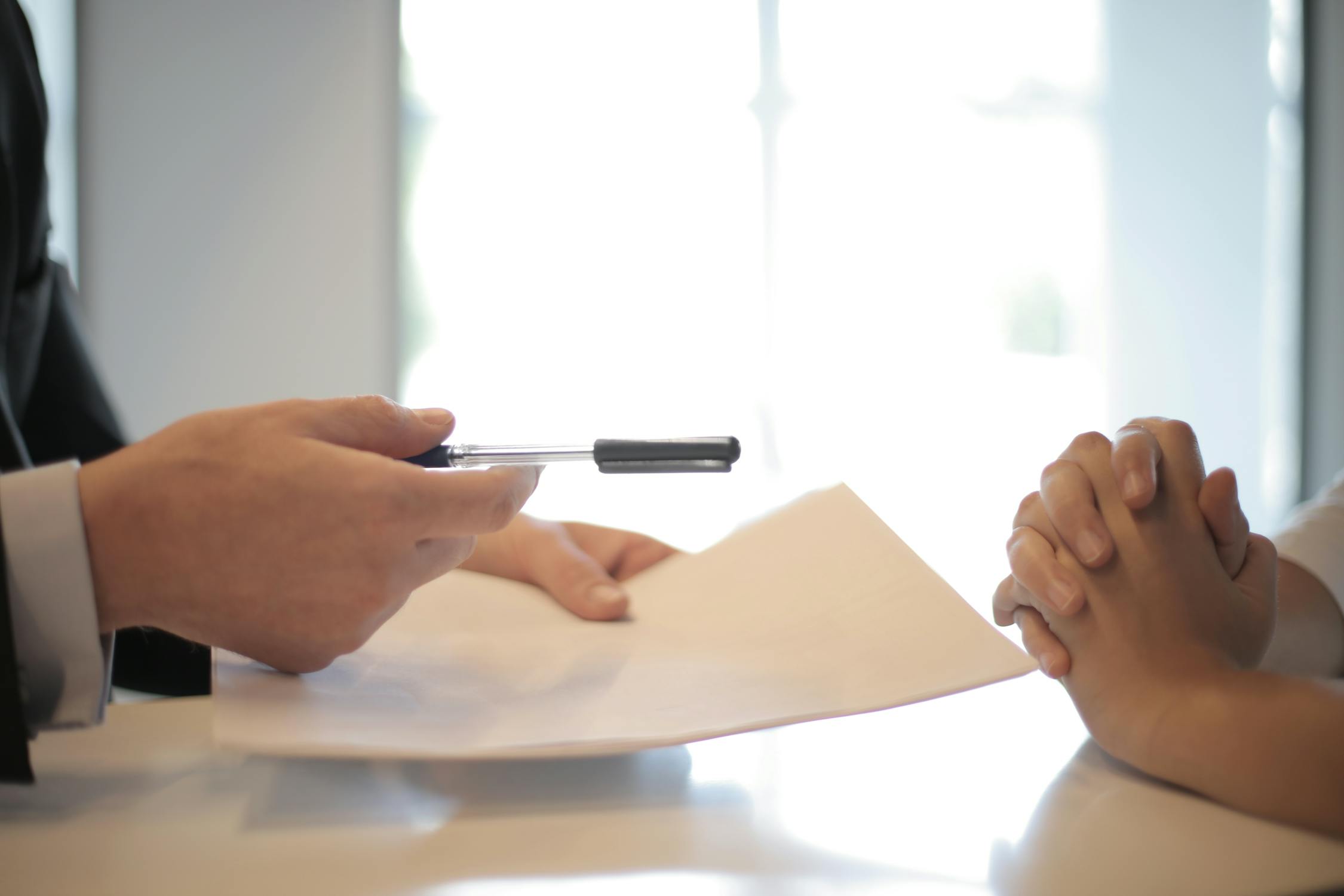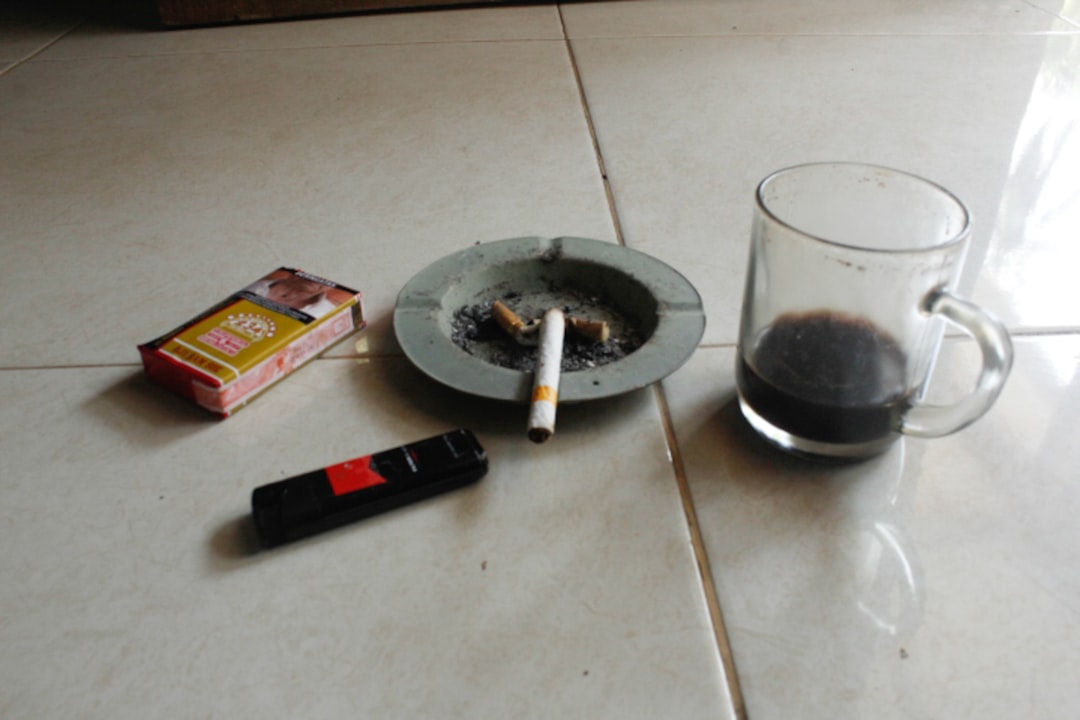We’ve all been there, haven’t we? That nagging feeling of wanting to change something about ourselves, a habit that just won’t quit. Whether it’s endless scrolling, late-night snacking, or hitting snooze one too many times, bad habits can feel like an invisible chain holding us back. But what if I told you that breaking free isn’t just about willpower, but about understanding the intricate psychological dance happening in your brain? Today, we’re diving deep into the science-backed approaches that can help you finally conquer those unwanted behaviors and build a life aligned with your best self. Let’s get started! 😊
Understanding the Habit Loop: Why Bad Habits Stick 🤔
Before we can break a habit, we need to understand how it works. Psychologists often describe habits as a “loop” consisting of three main components: a cue, a routine, and a reward. Think about it: you see a notification (cue), you pick up your phone and start scrolling (routine), and you get a hit of dopamine from new content (reward). This loop strengthens over time, making the habit feel automatic and incredibly hard to resist.
The brain, in its efficiency, loves to automate tasks to save energy. This is why habits, good or bad, become so ingrained. They move from conscious decision-making to the basal ganglia, a part of the brain associated with automatic behaviors. Understanding this neurological basis is the first step toward regaining control.
Research from the University College London suggests that it takes an average of 66 days for a new behavior to become automatic, though this can vary widely depending on the individual and the complexity of the habit. Consistency is key!
The Latest in Habit Science: Trends & Statistics 📊
The field of behavioral psychology is constantly evolving, offering new insights into habit formation and cessation. Recent trends emphasize personalized approaches and the integration of technology. For instance, apps leveraging gamification and AI-driven nudges are becoming increasingly popular for habit tracking and modification.
Statistics from a 2024 behavioral health survey indicate that approximately 45% of adults in the US actively tried to break a bad habit in the past year, with varying degrees of success. The most commonly cited bad habits include excessive screen time, unhealthy eating, and procrastination.
Common Bad Habits and Effective Psychological Interventions
| Bad Habit | Psychological Approach | Key Principle | Effectiveness (Approx.) |
|---|---|---|---|
| Excessive Screen Time | Mindfulness, Digital Detox | Awareness of triggers, conscious disengagement | High for motivated individuals |
| Unhealthy Eating | Cognitive Behavioral Therapy (CBT), Habit Reversal Training | Identifying thought patterns, replacing behaviors | Moderate to High, often requires professional guidance |
| Procrastination | Implementation Intentions, Pomodoro Technique | Pre-committing to actions, breaking tasks into smaller parts | High for task-oriented habits |
| Smoking/Vaping | Nicotine Replacement Therapy (NRT) + Behavioral Counseling | Addressing both physiological and psychological dependence | Significant improvement with combined approach |
While self-help strategies are powerful, deeply ingrained habits or addictions may require professional intervention. Don’t hesitate to seek help from a therapist or counselor if you’re struggling.
Key Checkpoints: What You Absolutely Need to Remember! 📌
You’ve made it this far! With so much information, it’s easy to forget the most crucial points. Let’s quickly recap the three things you absolutely must remember from the first two sections.
-
✅
Habits are Loops: Cue, Routine, Reward
Understanding this fundamental structure is the bedrock of habit change. Identify your triggers and the underlying rewards. -
✅
Consistency Trumps Intensity
Small, consistent efforts over time are far more effective than sporadic, intense attempts at change. Aim for progress, not perfection. -
✅
Personalized Approaches are Key
What works for one person might not work for another. Experiment with different strategies to find what resonates with your unique psychology and lifestyle.
Practical Psychological Strategies for Change 👩💼👨💻
Now that we understand the ‘why,’ let’s explore the ‘how.’ Here are some powerful psychological strategies you can implement today to start breaking those bad habits:
- Identify Your Triggers: What situations, emotions, or people typically precede your bad habit? Awareness is the first step to intervention. Keep a habit journal for a week to pinpoint these cues.
- Replace the Routine: You can’t simply remove a habit; you need to replace it with a more positive one that fulfills the same underlying need. If you snack when bored, try reading a book or going for a short walk instead.
- Change Your Environment: Make it harder to engage in the bad habit and easier to engage in the good one. Remove temptations from your immediate surroundings. For example, if you want to stop late-night snacking, don’t keep unhealthy snacks in the house.
- Practice Mindfulness: When you feel the urge, pause. Observe the craving without judgment. This creates a crucial gap between the cue and your automatic reaction, allowing you to make a conscious choice.
- Set Implementation Intentions: This is a powerful “if-then” plan. For example, “IF I feel stressed, THEN I will take 5 deep breaths instead of checking social media.” This pre-commits your brain to a new response.
- Reward Yourself (Wisely): Positive reinforcement is crucial. However, ensure your rewards are not counterproductive to your goals. Celebrate small victories with non-habit-forming rewards.

*Journaling can be a powerful tool for self-reflection and identifying habit triggers.
Consider the “20-second rule” by Shawn Achor. Make your desired good habit 20 seconds easier to start, and your bad habit 20 seconds harder. This small friction can make a huge difference in breaking the automatic cycle.
Real-World Example: Overcoming Procrastination 📚
Let’s put these strategies into action with a common challenge: procrastination. Many of us struggle with delaying important tasks, often leading to stress and missed opportunities. Here’s how a psychological approach can help.
Case Study: Sarah’s Procrastination Battle
- Situation: Sarah, a freelance graphic designer, consistently procrastinated on client projects, often working late nights and feeling overwhelmed.
- Trigger: The overwhelming feeling of a large project, often coupled with checking social media “just for a minute.”
Her Action Plan
1) Identified the Cue & Reward: Realized the “overwhelm” was a cue, and the temporary distraction of social media was the reward (avoidance of discomfort).
2) Replaced the Routine: Instead of immediately opening social media, she implemented the “2-minute rule” – if a task takes less than 2 minutes, do it immediately. For larger tasks, she committed to working for just 15 minutes, then taking a break (Pomodoro Technique).
3) Changed Environment: She moved her phone out of arm’s reach and used website blockers during work hours.
4) Set Implementation Intentions: “IF I feel overwhelmed by a project, THEN I will set a 15-minute timer and work on the smallest part of it.”
Final Result
– Increased Productivity: Sarah reported a significant reduction in procrastination and completed projects ahead of schedule.
– Reduced Stress: By breaking down tasks and replacing her old routine, she felt less overwhelmed and more in control.
Sarah’s story illustrates that by systematically applying psychological principles, even deeply ingrained habits like procrastination can be effectively managed and overcome. It’s about understanding the mechanics and then strategically intervening.
Conclusion: Summarizing the Journey 📝
Breaking bad habits isn’t a simple flick of a switch; it’s a journey of self-awareness, strategic planning, and consistent effort. By understanding the psychological underpinnings of habits – the cue, routine, and reward loop – and applying evidence-based strategies like trigger identification, routine replacement, environmental design, and mindfulness, you can empower yourself to create lasting positive change. Remember, every small step forward is a victory.
What bad habit are you ready to tackle, and which psychological approach resonates most with you? Share your thoughts and questions in the comments below! We’d love to hear from you. 😊
Habit Breaking Essentials
Frequently Asked Questions ❓
